Summer Color!
Everyone wants a colorful garden. But many people find it difficult to make their garden colorful year round. This can especially be a challenge in the heat of summer. Here are three things that can help you in the quest for a multi-chromatic summer landscape.
Deadheading
If you’re frustrated by the short bloom cycle of your perennials, you might be surprised to know there is a very simple way to get them to bloom again. It’s called deadheading. Once the flowers have dried up (or “died”), simply take your garden shears and cut off the spent flowers. Be sure to make your cut just above another flower bud or a leaf.
Why does this cause the plant to bloom again? “Dead” flowers actually aren’t dead at all. They are in the process of turning into seeds. If you remove the dried up flowers, your plant will devote its extra energy to producing more flowers instead of seeds.

Campanulas are among the many summer flowers that benefit from deadheading.
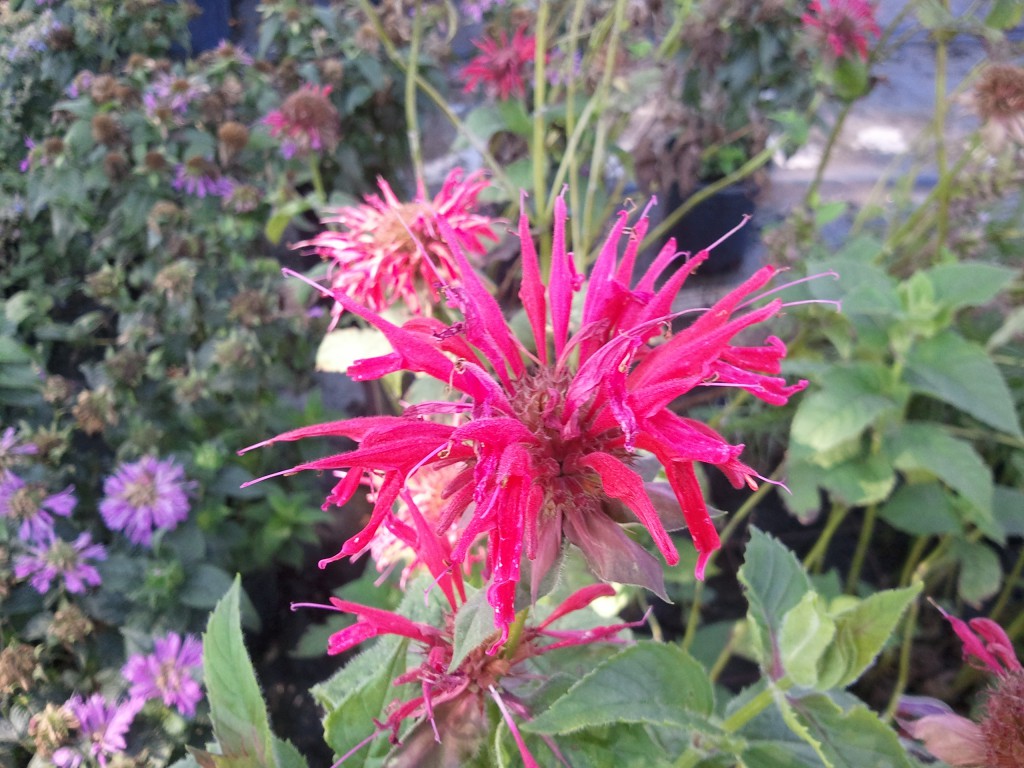
Gardenview Scarlet Bee Balm
Here is a list of plants that you’re likely to have in your garden that can benefit from deadheading:
- Monkshood – Aconitum spp.
- Hollyhock – Alcea rosea
- Columbine – Aquilegia spp.
- Butterfly weed – Asclepias tuberosa
- Bellflower – Campanula spp.
- Coreopsis – Coreopsis spp.
- Pinks – Dianthus spp.
- Purple coneflower – Echinacea purpurea
- Blanket flower – Gaillardia x grandiflora
- Geum – Geum spp.
- Shasta daisy – Leucanthemum x superbum
- Bee balm – Monarda didyma
- Penstemon – Penstemon spp.
- Garden phlox – Phlox paniculata
- Salvia – Salvia nemorosa
- Stokes’ aster – Stokesia laevis
- Spiderwort – Tradescantia x andersoniana
- Spike speedwell – Veronica spicata
Reblooming varieties
Another great way to ensure that you have color throughout summer is to plant varieties of perennials that are known to rebloom. For example, most daylilies have a spectacular flush of blooms in early summer and spend the rest of the year in mediocrity. However, if you plant ‘Going Bananas’, ‘Pardon Me’ or ‘Strawberry Candy’, you’ll have flowers for months.
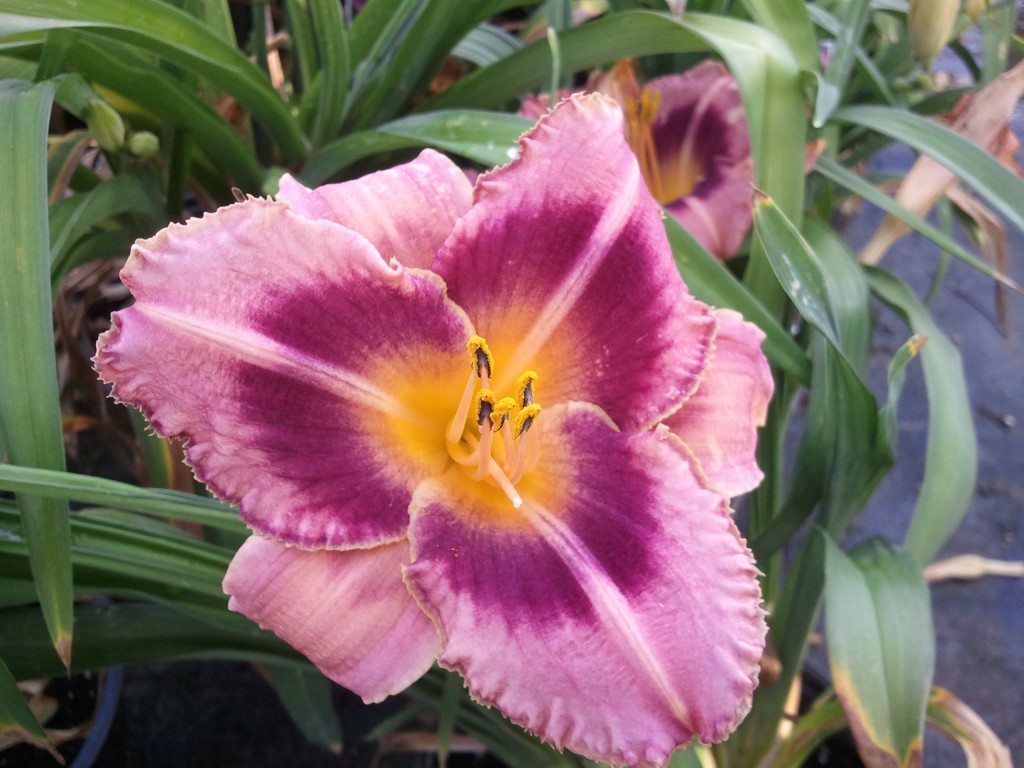
One of our best reblooming daylilies
And we have plenty of other reblooming perennials at the nursery… Hardy hibiscus will provide your garden with dozens of large, saucer-shaped flowers throughout summer. Black-eyed susans are tough plants that flower from summer to fall. Double knock-out roses are low maintenance shrubs that seem to never stop blooming.
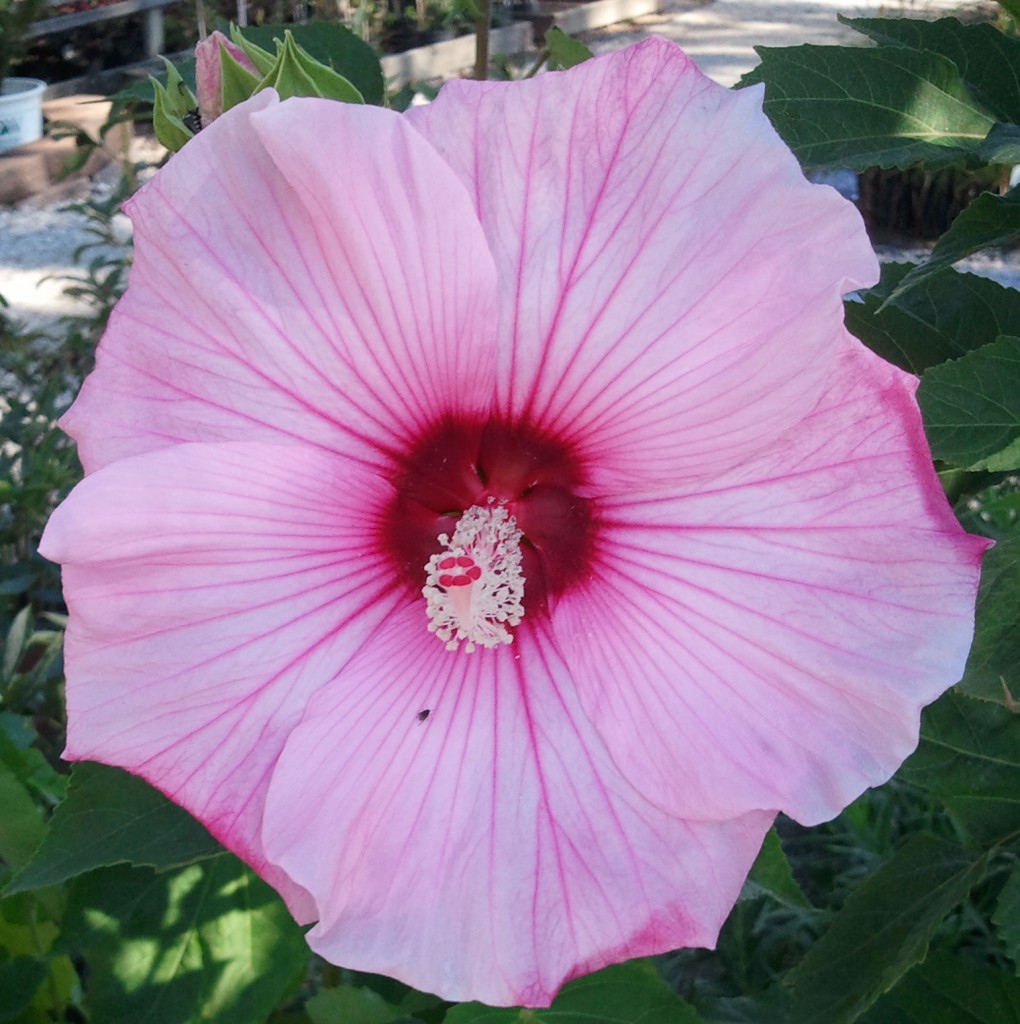
The flowers on hardy hibiscus are unmistakable
Foliage
Finally, be sure not to forget about foliage. The leaves of plants like ninebark and tri-color beech can provide just the pop of color you need.
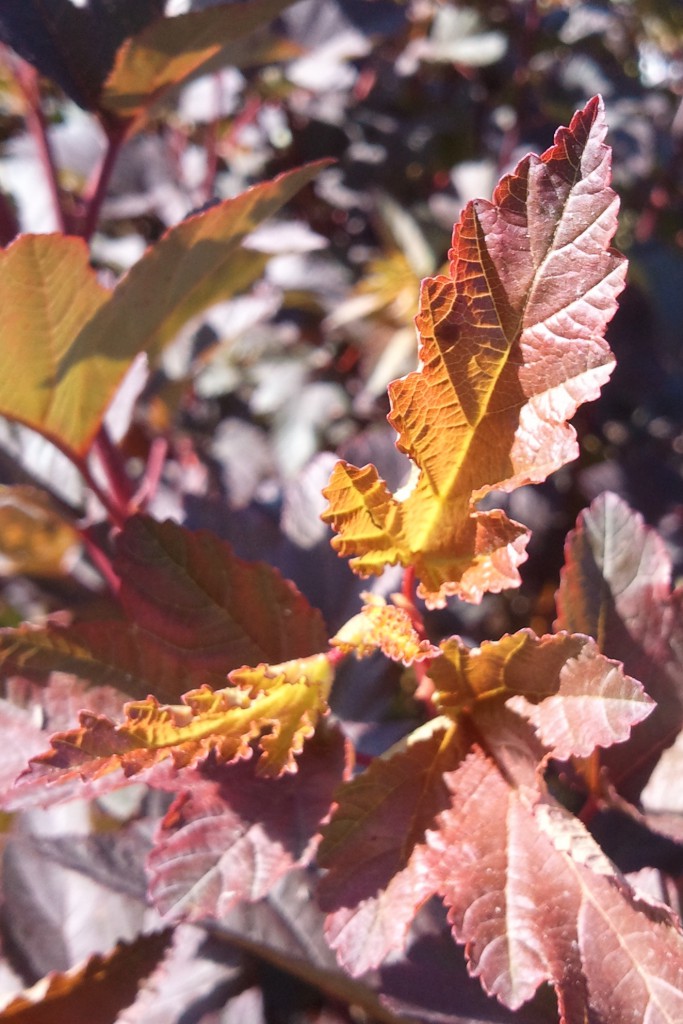
Summerwine ninebark
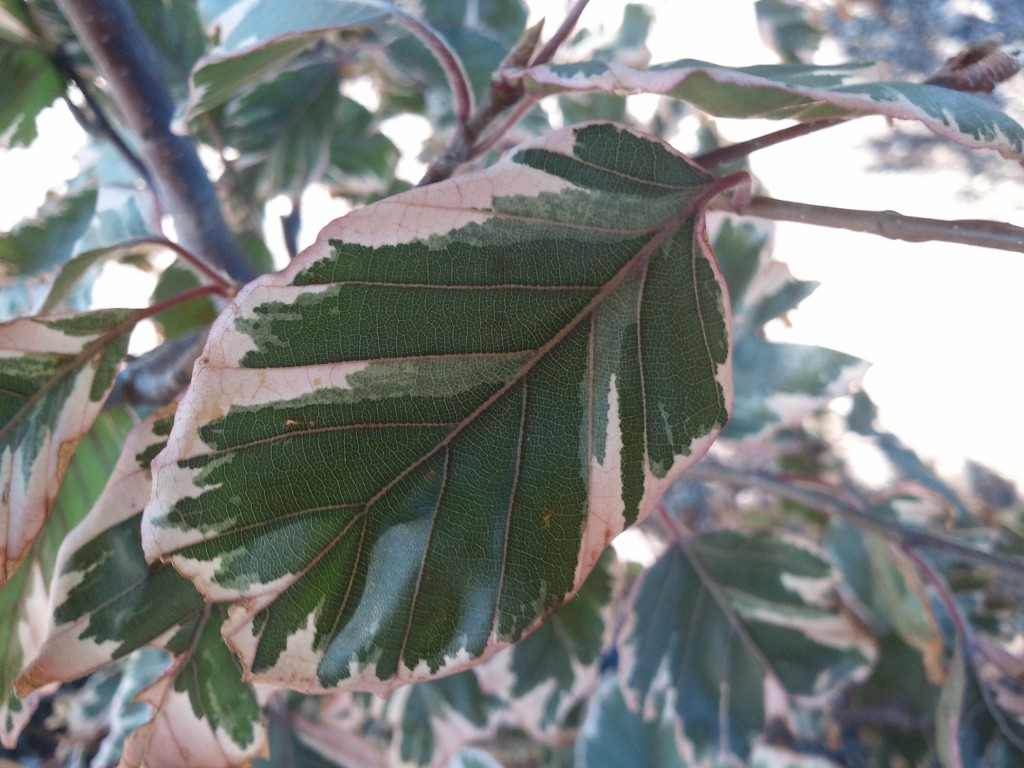
Tri-color beech
The best part about using plants with interesting foliage is that the color will change throughout the year. For example, the new foliage of the summer wine ninebark, is a brilliant combination of gold and red. But as summer wanes, the foliage progressively turns to a deep, rich purple.
Although summer color can sometimes be elusive, hopefully this article has inspired you to think of ways you can improve your landscape. But if you still need some suggestions, be sure to stop into the nursery. Our experts on staff will be happy to show you how you too can have a beautiful and colorful summer garden!




